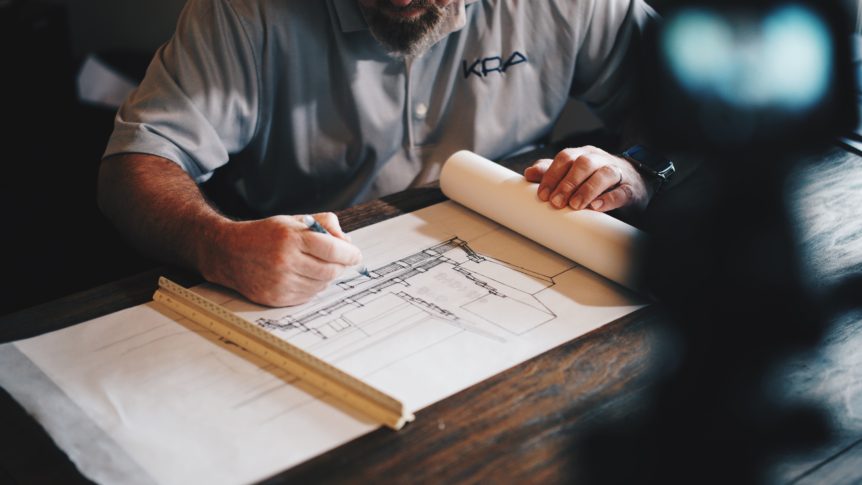
As with any career, being an architect has its drawbacks and its rewards. Some are common to any career choice, while others are unique to the profession.
Advantages
1. Architecture is a demanding profession, but it can also be a very interesting, creative one.
As architects gain more experience, they become more involved in actual design work rather than technical issues and routine construction documents.
2.Architecture is also never a boring career because of the variety of tasks it demands.
No project is ever the same as the one that came before. Architects are also constantly dealing with different issues, such as meeting with clients and contractors, drawing plans, looking at estimates, or working out last-minute details and requests.
3.Even though many architecture schools have heavy math requirements, many architects say that very little math is actually involved in their day-to-day routines.
Anything that requires advanced levels of math such as calculus is usually handled by engineers or other specialists involved with a project. General overall intelligence, good drawing skills, an inquiring nature, and excellent listening and speaking abilities are actually the most important qualities for architects to possess.
Disadvantages
1.The process of becoming an architect is long, competitive, and expensive.
It takes five years of school to earn a Bachelor of Architecture degree, plus an additional two to four years for a master’s. Although admission requirements vary considerably, the most reputable architecture schools usually have extremely competitive standards with a heavy emphasis on the physical sciences, geometry, algebra, and trigonometry. After schooling comes three years of internship that, like other internships, can involve long hours and low pay.
2. Architecture is a very challenging and demanding field.
The scope of issues that an architect is accountable for on a project is tremendous. Architects actually spend twice the amount of time working on a project as it takes to build it, in order to address various start-up and close-out issues. Architects often have to carry large amounts of insurance to protect themselves in case projects do not meet the client’s requirements or develop problems.
3. The architectural field is very subject to the ups and downs of the economy.
Architects depend on economic growth for their living. If the economy is depressed, construction of new buildings is one of the first things that will be in less demand, along with architects.

